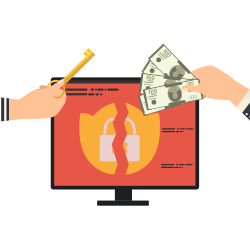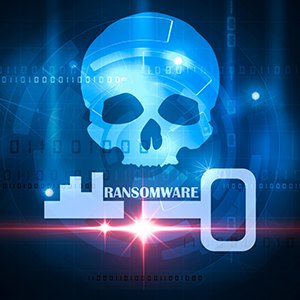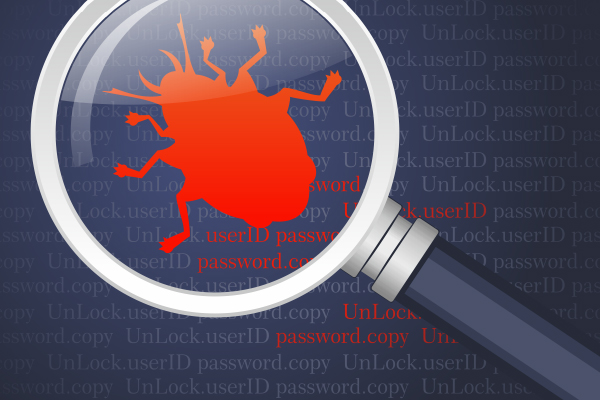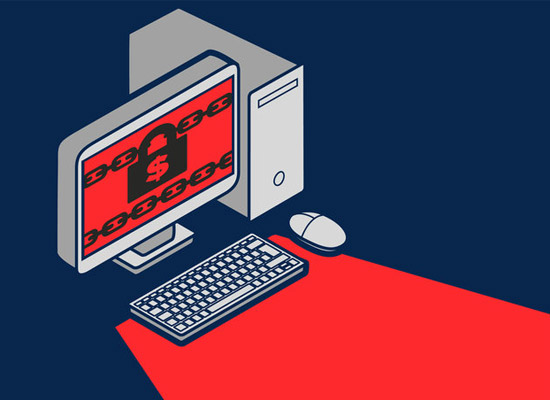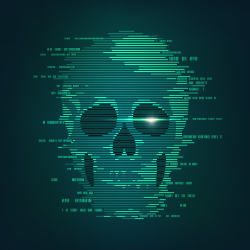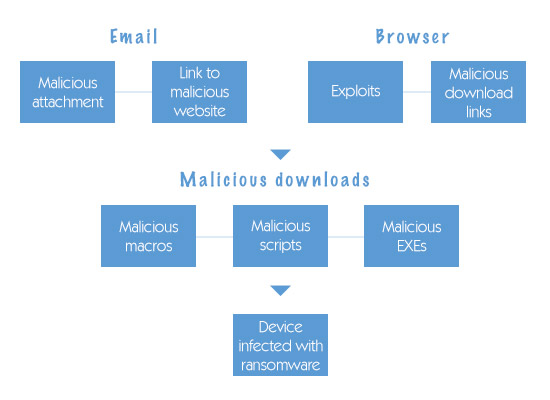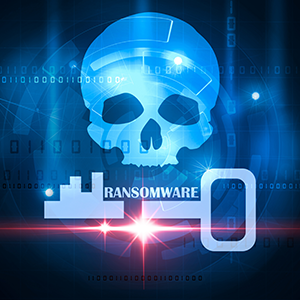FORENSIC MALWARE ANALYSIS: AN OVERVIEW
Updated on October 21, 2022, by Xcitium
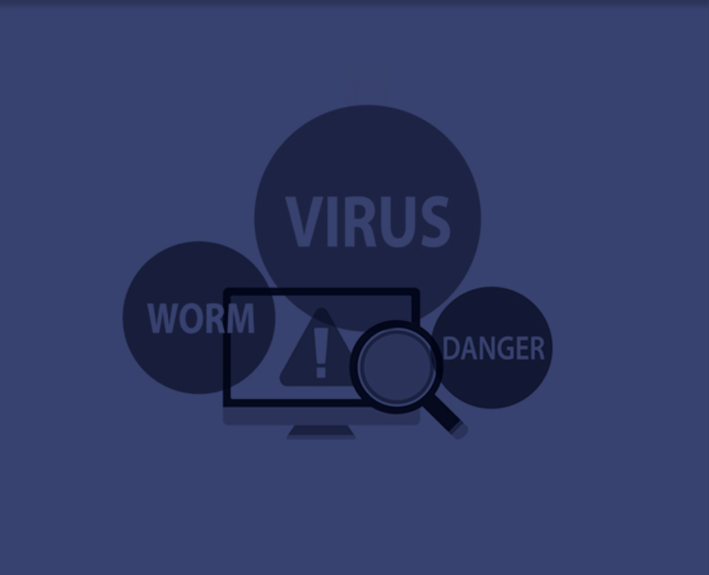
Forensic malware analysis has turned out to be huge. The cybercrime network cause destruction to innovation, retail, and financial institutions. Cybercrime can cause danger to private and government organizations alike. Malware is a used instrument of the cybercriminal. It installs things such as worms, Trojans, and botnets to the infected device. There is a main route for organizations processing sensitive information. It is to resort with forensic malware analysis tools.
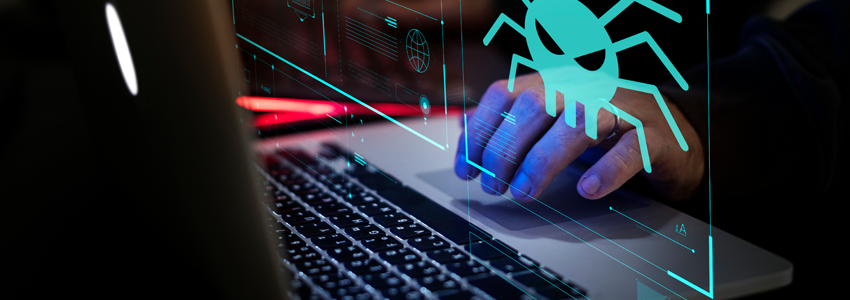
Forensic malware analysis is the act of determining the effect and the source of a given malware. Examples are virus, rootkit, or backdoor. There is a rising significance of malware in digital investigations. There is also a rising sophistication of malicious code. It has persuaded advancement in tools and strategies for performing forensic malware analysis. More forensic malware analysis depends on indulgent and neutralizing malware. The demand for formalization and supporting documentation has additionally developed. It is through the forensic malware analysis process.
Forensic malware analysis includes two essential methods. They are static forensic malware analysis and dynamic forensic malware analysis.
1. Static Forensic Malware Analysis
Static forensic malware analysis involves the investigation of executable files. It is without experiencing the actual guidelines. The static forensic malware analysis can approve whether a file is malicious. It gives data about its functionality and will enable you to make network signatures. Static forensic malware analysis is fundamental and can be quick. It is pointless against sophisticated malware, and it can miss huge behaviors.
2. Dynamic Forensic Malware Analysis
The dynamic forensic malware analysis executes malware to watch its activities. It understands its usefulness and identifies technical pointers. These pointers can uncover signatures. The dynamic forensic malware analysis can reveal IP addresses and domain names. It can uncover registry keys and file path locations. It can also classify communication with an attacker-controlled external server. It is for command and control aims or to download other malware files.
Exploring the malware enables the IT group to assess the security incident. It may help avoid more infections. An extensive amount of PC interruptions involves some assortment of malware. It finds its way to the victim’s server or a workstation. When performing forensic malware analysis,
Forensic Malware Analysis IT group hunts to answer these questions::
- How can it spread?
- What activities can the malware complete on the system?
- How can it keep up in contact with the cybercriminal?
The forensic malware analysis answers these questions in a controlled environment.
There are many reported cases of PC hacking. Organizations try to avoid by applying forensic malware analysis. Also, the victim’s machine will undergo examination. This shows how significant forensic malware analysis is being used. It is averting major incidents and investigating them to reveal its origin. The forensic malware analysis will help security groups to ban contacts and traffic. They are the ones that are sending contaminated and malicious files.
Know that malware developers keep on finding better approaches. They are gearing up on forensic malware analysis to bypass malware issues. But, a variety of methods and tools are available to overcome these measures. In the digital world, cybercriminals prevail. Besides, bypassing forensic malware analysis needs programming skills. Forensic malware analysis has proved itself in gathering proof. It is by using its refined procedures and systems.
Xcitium Cybersecurity helps in the battle against digital attacks. It is a worldwide innovator and developer of cybersecurity solutions. It has built up a free forensic analysis service for businesses.
Xcitium Forensic Analysis can help businesses find undetected and unknown malware. These could cause serious cybersecurity issues, including a data breach.
Supported by an industry-leading platform, this forensic analysis can analyze all files. It includes unknown ones and determines whether they are good or bad.
Xcitium Cybersecurity is offering this forensic analysis free to organizations. This is to enable them to uncover unknown malware in their environments. This will allow them to see for themselves the intensity of Default Deny innovation.
The forensic analysis service is part of the company’s Advanced Endpoint Protection solution. It uses the award-winning Default Deny platform. It is in contrast to other security solutions that depend on known bad file indicators. It does not allow unknown files to execute on endpoints by default. Xcitium Cybersecurity’s technology keeps unknown files from executing with automatic containment. A total forensic analysis results in a good or bad decision on each file. The outcome is a true deterministic choice. It identifies 100 percent of the files as good or bad. It makes sure that it is without any unknowns, including already undiscovered malware.
Xcitium Cybersecurity’s forensic analysis gives actionable outcomes. The executive summary gives data on the dangers uncovered by the file analysis. This assessment gives IT security experts the exact data they need. This will help in shielding their environments from advanced persistent threats.
Register for a free Xcitium Forensic Analysis, visit https://enterprise.xcitium.com/.
Related Resources

